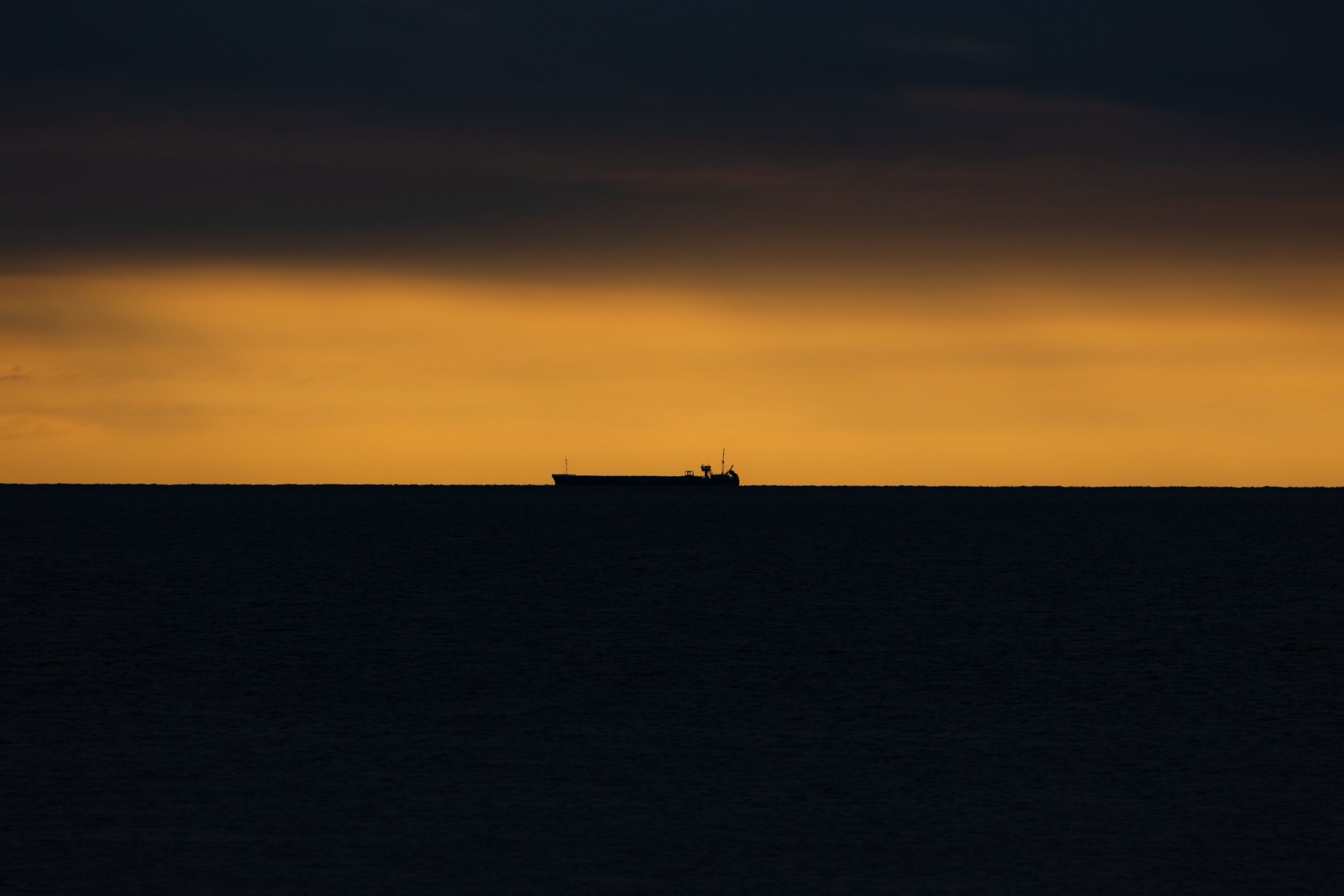A covert network of vessels known as shadow fleets are operating in international waters under the radar, evading regulatory oversight and sanctions. These fleets are often involved in illicit activities such as smuggling, sanctions evasion, and illegal ship-to-ship transfers. As these shadow fleets continue to pose a challenge to the industry both through trade, security and safety, the role of Artificial Intelligence (AI) has become fundamental in tracking these hidden vessels.
A shadow fleet is a network of vessels that operate secretly, using a variety of techniques to avoid detection, from turning off Automatic Identification System (AIS) signals to ship-to-ship transfers in the middle of the ocean, to make their operations invisible to conventional tracking systems.
Identifying shadow fleets has been a challenge due to their ability to control conventional tracking systems. AIS is a tracking system used to show vessel location, speed, and other data to avoid allisions, collisions and to assist in monitoring marine traffic. Unfortunately, shadow fleets exploit vulnerabilities in AIS by either turning off transponders or hiding their identity, ultimately vanishing from the radar.
AI has become a game-changer against shadow fleets. AI can harness large amounts of data from satellite images, AIS signals and the algorithms can identify patterns and anomalies. AI can flag vessels that travel in areas with low marine traffic or showcase irregular speed patterns.
One example is Russia’s use of a “shadow fleet” to avoid sanctions on its oil exports. These vessels typically engage in ship-to-ship transfers in the open sea to cloak their activities. The international community has responded by increasing satellite surveillance and using AI to track vessel movement and identify their identities.
The threat posed by shadow fleets is an ongoing challenge for the industry. While traditional tracking methods have proven insufficient, the integration of AI offers hope against these covert fleets.


